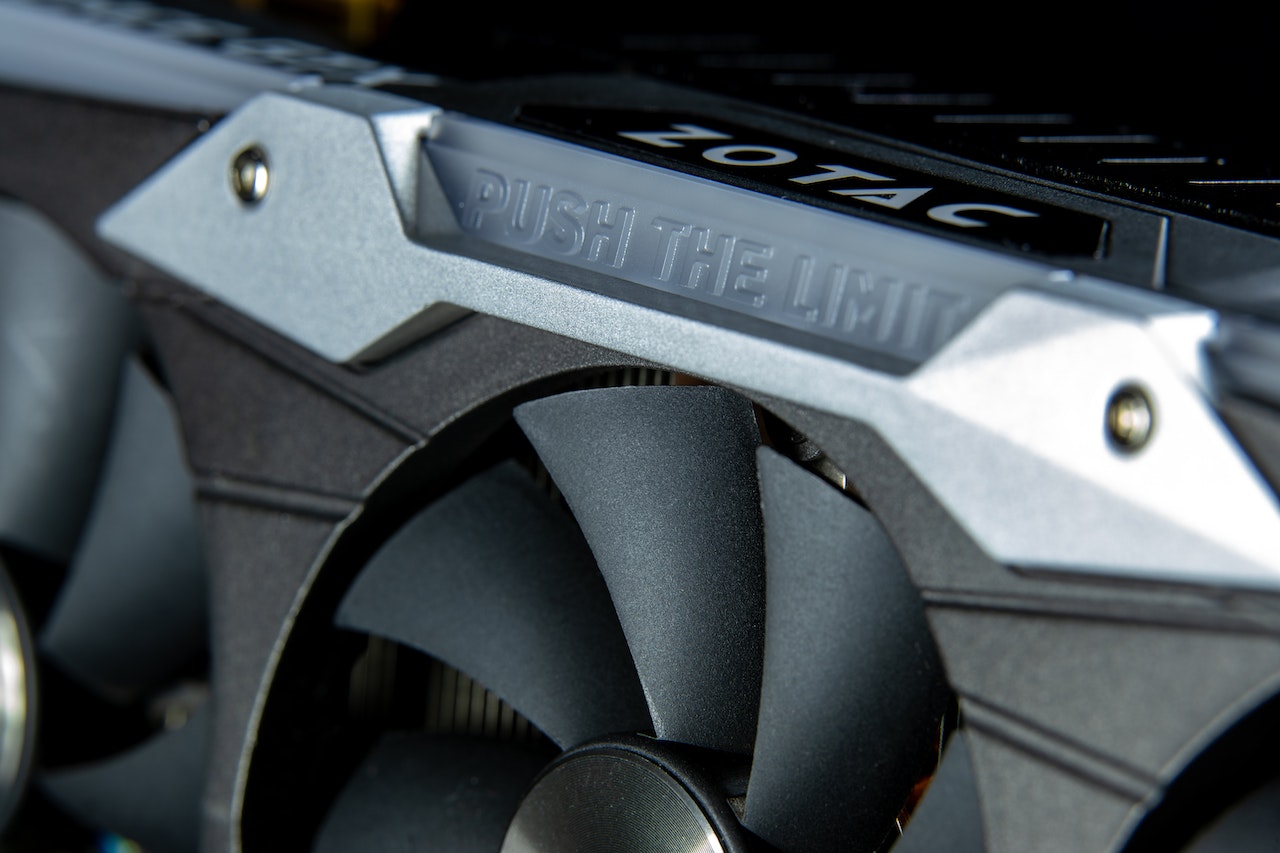In recent years, graphics processing units (GPUs) have become an essential part of artificial intelligence (AI) and machine learning. Originally created for rendering graphics and video, GPUs turned out to be remarkably well-suited to the computationally intensive workloads of deep learning.
With their highly parallel architecture and optimization for matrix math operations, GPUs can accelerate training deep neural networks by orders of magnitude over even the fastest CPUs. This has enabled revolutionary advances in AI that simply wouldn’t have been possible otherwise.
GPU Architecture Benefits AI
GPUs were originally designed for graphics workloads like gaming and video editing. These tasks involve massive amounts of simple, repetitive operations that can be run in parallel across thousands of small cores. This makes GPUs capable of tremendous computational throughput.
In contrast, CPUs have just a few powerful cores optimized for sequential tasks with lots of caching and control logic. This flexible architecture is great for general computing but less efficient for the types of mathematical operations used in machine learning.
A deep neural network may have millions of parameters that need to be updated during training. Running this on a CPU, even with multiple cores, will be orders of magnitude slower than a GPU with thousands of parallel cores.
Each GPU core is relatively simple, but by distributing work across so many cores, they become massively parallel processors. This maps perfectly to deep learning workloads.
High Memory Bandwidth
Deep learning deals with enormous amounts of data. Training datasets often contain millions of images, texts, or audio samples. Feeding all this data to a neural network puts huge demands on memory bandwidth.
GPUs were designed with this in mind. They have dedicated video RAM on board with very high memory bandwidth to accommodate intense graphics workloads. This makes them exceptionally good at reading in large training datasets quickly.
High-end GPUs like the Nvidia A100 have over 1.5TB/s of memory bandwidth. In comparison, even a 24 core Xeon CPU only has around 150GB/s of bandwidth to shared main memory. This massive difference is a key reason deep learning leverages GPUs.
Optimization for Matrix Operations
Under the hood, deep learning relies heavily on linear algebra and matrix operations. Multiplying matrices together is the most common calculation performed when training neural networks.
GPUs include hardware optimizations specifically for matrix multiplication. Modern GPUs have tensor core units that accelerate large matrix calculations by 10x or more compared to CPU-only approaches.
Nvidia first introduced tensor cores in the Volta architecture in 2017. Combined with high memory bandwidth, they provide enormous speedups to the core computations in deep learning algorithms.
Cost Effectiveness
While high-end GPUs are not necessarily cheap, they provide excellent performance per dollar when training deep neural networks. Building a clustering using hundreds of CPU cores can match a GPU system in raw horsepower.
However, that CPU cluster will be far more expensive both upfront and in ongoing power/cooling costs. The sheer throughput of GPUs makes them tremendously cost-effective for workloads like deep learning.
Cloud platforms like AWS and GCP also provide access to GPUs for AI workloads. This allows leveraging GPU acceleration without the cost of purchasing dedicated hardware.
Usage in Training Deep Neural Networks
During training, a neural network processes training data in small batches, updating its weights after each batch. GPUs are perfectly suited for this workflow.
Each batch is split into many sub-operations like matrix multiplications. Thousands of GPU cores handle these sub-operations in parallel on each batch. This speeds up the overall training process by orders of magnitude.
Larger batch sizes allow greater parallelism across GPU cores but can impact model accuracy. Finding the optimal batch size balances parallelism with accuracy requirements.
As neural networks grow in size and complexity, GPU acceleration becomes even more critical. Training transformer models like GPT-3 with billions of parameters would be infeasible without leveraging GPUs.
Cloud-Based GPUs for AI
The cloud has opened up tremendous access to GPU power for AI workloads. Services like Amazon EC2 offer virtual machines packed with GPUs you can use on demand.
This removes the high cost of purchasing dedicated hardware and allows leveraging cloud-based GPUs when you need burst capacity. It also enables scaling the number of GPUs as your models and datasets grow.
With cloud GPUs, small startups can train sophisticated models leveraging technologies like Nvidia A100 GPUs. Continued innovation in cloud-based GPU offerings will help democratize access to AI acceleration.
Conclusion
GPUs have proven to be a game-changer for artificial intelligence. Their massively parallel architecture maps perfectly to training deep neural networks efficiently.
Specialized hardware like tensor cores provides additional optimizations tailored to deep learning workloads. High memory bandwidth feeds data to all those GPU cores quickly.
Cloud-based services give broad access to GPU power, accelerating innovation in the field. As deep learning models become larger and more complex, the capabilities of GPUs will be key to unlocking further breakthroughs in AI.
